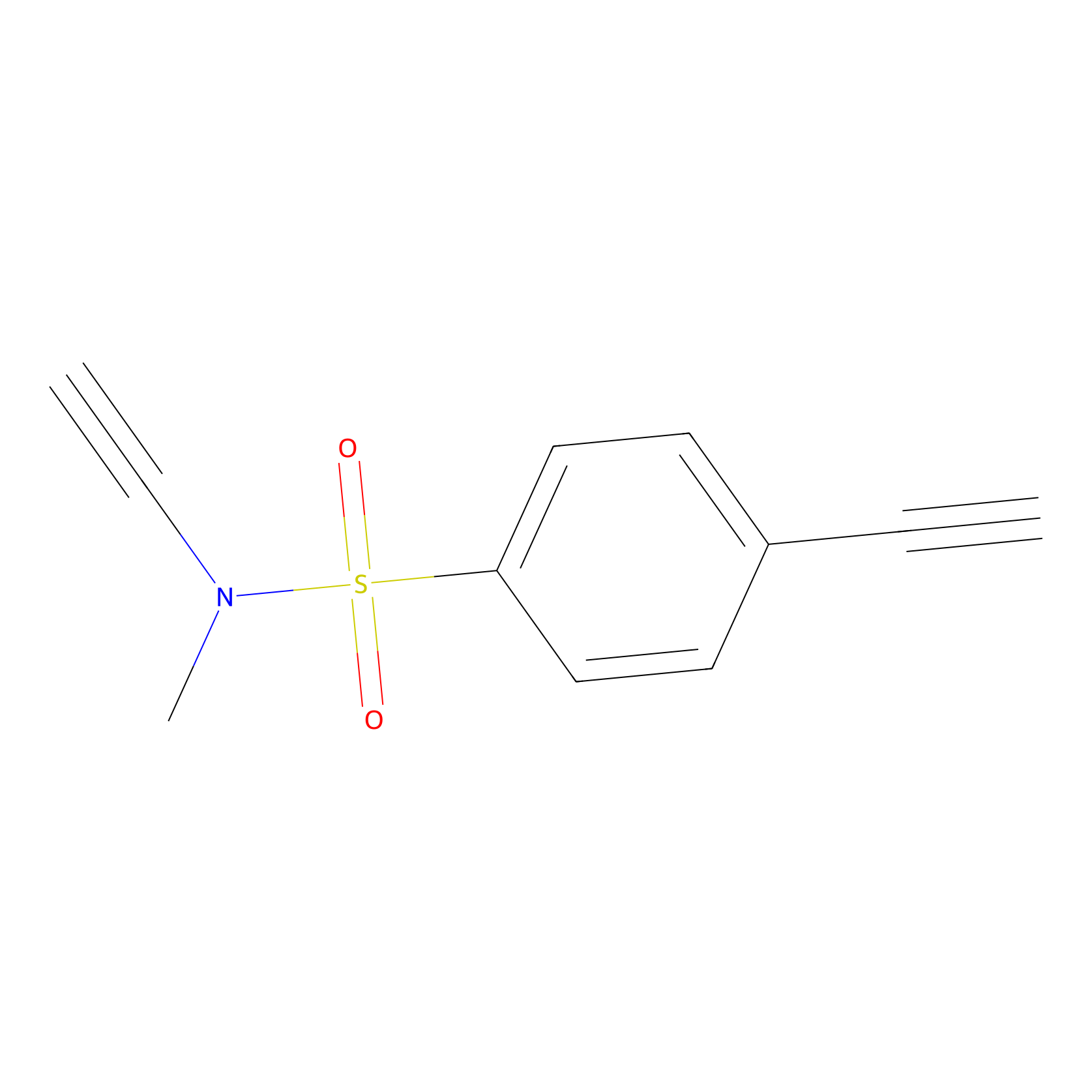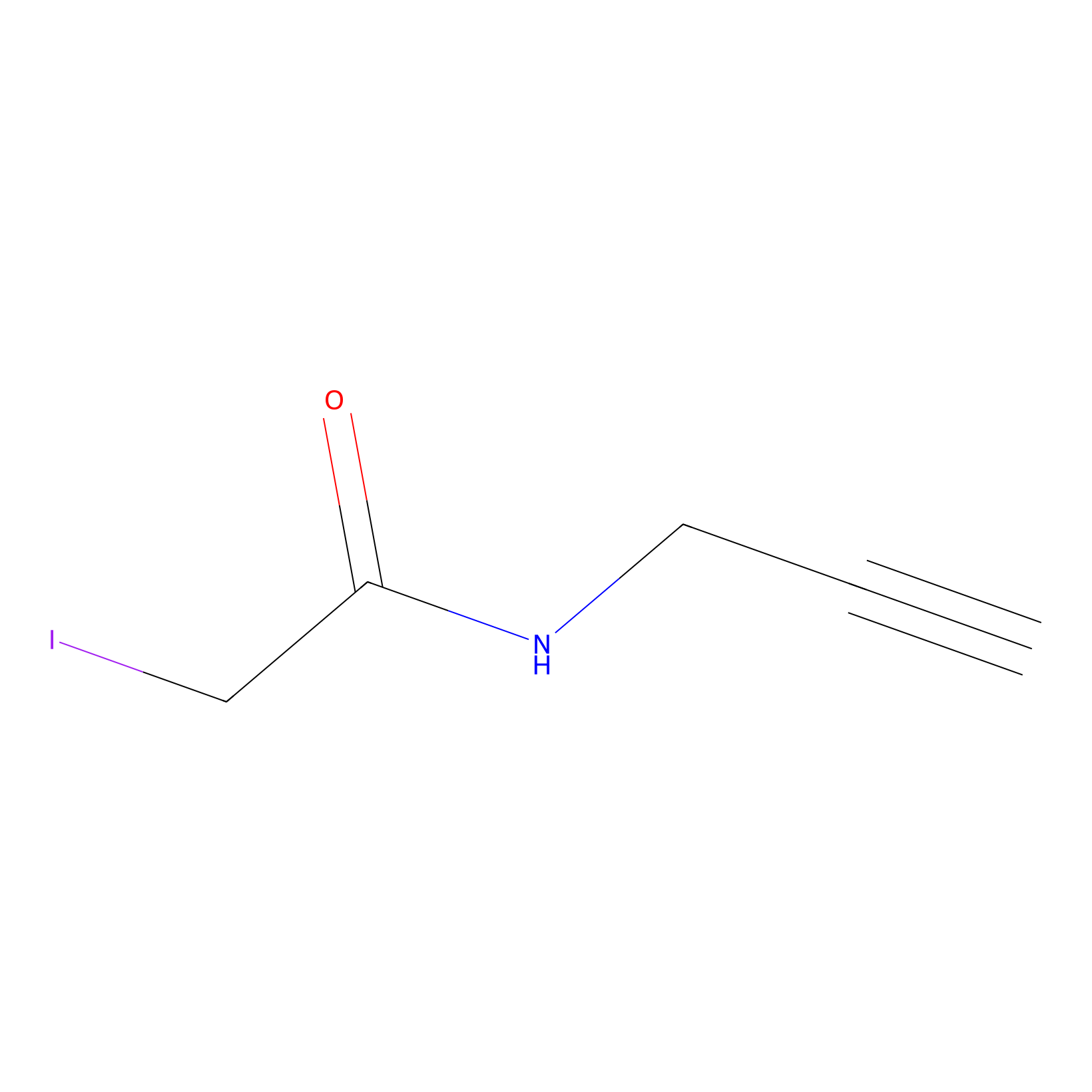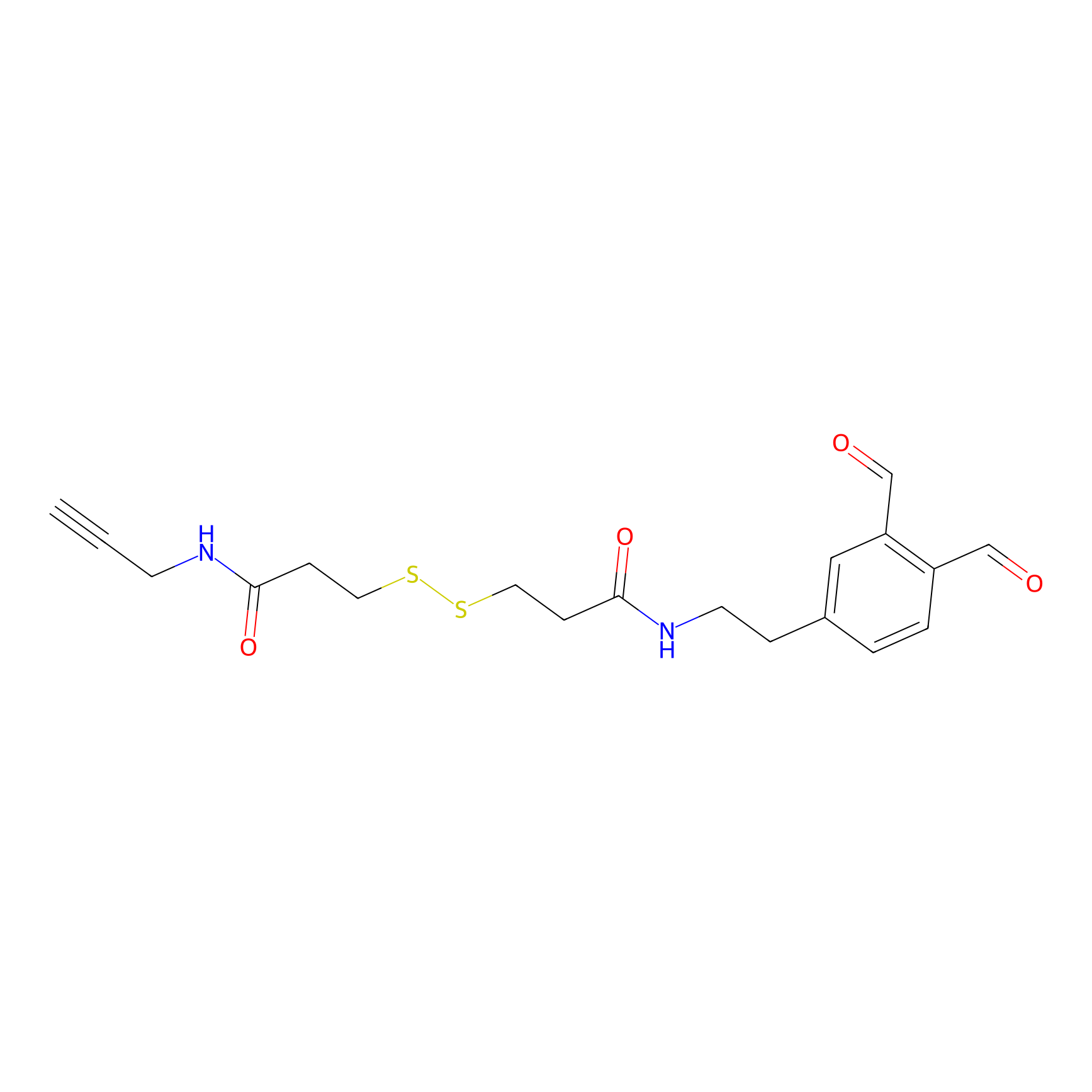Details of the Target
General Information of Target
Probe(s) Labeling This Target
ABPP Probe
| Probe name | Structure | Binding Site(Ratio) | Interaction ID | Ref | |
|---|---|---|---|---|---|
|
YN-1 Probe Info |
 |
100.00 | LDD0444 | [1] | |
|
IPM Probe Info |
 |
C537(0.00); C538(0.00); C539(0.00) | LDD0241 | [2] | |
|
OPA-S-S-alkyne Probe Info |
 |
K113(1.57) | LDD3494 | [3] | |
|
DBIA Probe Info |
 |
C192(2.78) | LDD3380 | [4] | |
Competitor(s) Related to This Target
The Interaction Atlas With This Target
References
